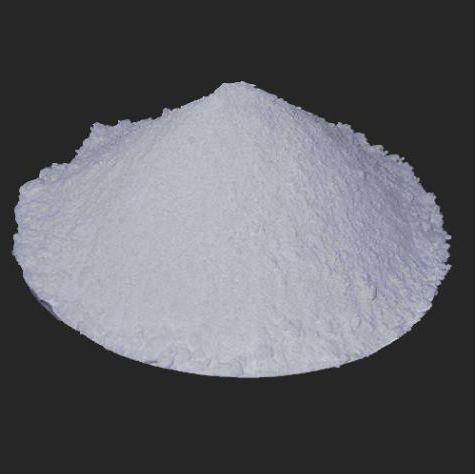Three typical processes and applicable objects of powder surface modification

The surface modification process varies according to the surface modification method, equipment and powder preparation method. At present, the surface modification processes applied in industry mainly include three categories: dry process, wet process and composite process.
Dry Process
This is the most widely used non-metallic mineral powder surface modification process. Currently for non-metallic mineral fillers and pigments, such as ground calcium carbonate and light calcium carbonate, kaolin and calcined kaolin, talc, wollastonite, silica powder, glass beads, aluminum hydroxide and light magnesium oxide, clay, ceramic pigments etc., mostly using dry surface modification process. The reason is the simple dry process, flexible operation, less investment and good applicability of modifiers.
Wet Process
Compared with the dry process, it has the characteristics of good dispersion of the surface modifier and uniform surface coating, but requires subsequent dehydration (filtration and drying) operations. It is generally used for water-soluble or hydrolyzable organic surface modifiers and applications where the front stage is wet milling (including wet mechanical superfine grinding and chemical milling) and the latter stage needs to be dried, such as light calcium carbonate (especially Surface modification of nano-calcium carbonate), wet finely ground heavy calcium carbonate, ultra-fine aluminum hydroxide and magnesium hydroxide, ultra-fine silica, etc., this is because the slurry generated after the chemical reaction is not wet The surface modification of the method also needs to be filtered and dried, and the surface modification is carried out before the filtering and drying, which can also prevent the material from forming hard agglomeration after drying and improve its dispersibility.
Inorganic precipitation coating modification is also a wet modification process. It includes processes or processes such as pulping, hydrolysis, precipitation reaction and subsequent washing, dehydration, calcination or roasting.
Composite Process
Mechanochemical/chemical coating compound modification process
The process of adding surface modifiers in the process of mechanical force or fine grinding and ultra-fine grinding, and chemically coating the surface of the particles while reducing the particle size of the powder. The characteristic of this composite surface modification process is that it can simplify the process, and some surface modifiers also have a certain degree of grinding aid, which can improve the pulverization efficiency to a certain extent.
The disadvantage is that the temperature is not easy to control; in addition, since the particles are continuously crushed during the modification process, new surfaces are generated, and the particle coating is difficult to be uniform. The addition method of the surface modifier must be designed to ensure uniform coating and high In addition, if the heat dissipation of the crushing equipment is not good, the local excessive temperature rise during the action of strong mechanical force may decompose part of the surface modifier or destroy the molecular structure.
Inorganic precipitation reaction/chemical coating composite modification process
After the precipitation reaction modification, the surface chemical coating modification is carried out, which is essentially an inorganic/organic composite modification process. This composite modification process has been widely used in the surface modification of composite titanium dioxide, that is, on the basis of precipitation and coating of SiO2 or Al2O3 film, TiO2/SiO2 or Al2O3 is treated with titanate, silane and other organic surface modifiers. The surface of the composite particles is modified by organic coating.
Physical coating/chemical coating composite modification process
The process of organic chemical modification of the surface after physical coating of particles, such as metal coating or coating.
